Organization
| Animal Science | Developmental Biology | |
| Cell Biology | ||
| Molecular and Cellular Physiology | ||
| Plant Biology | Laboratory of Integrated Natural History | |
| Plant Physiology and Development | ||
| Diversity Biology | Marine Molecular Biology | Marine Biological Laboratory |
| Island Biology | Miyajima Natural Botanical Garden | |
| Amphibian Biology | Evolutionary Developmental Genomics | Amphibian Research Center |
| Organ Regeneration Mechanisms | ||
| Metamorphosis | ||
| Evolution and Diversity | ||
| Regulatory Signals for Development/Regeneration | ||
| Plant Genetic Resources | Plant Genetic Resources | Laboratory of Plant Chromosome and Gene Stock |
Animal Science Course
Developmental Biology
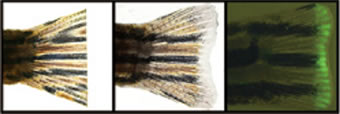
Staff/KIKUCHI Yutaka (Professor), TAKAHASHI Haruko (Assistant Professor)
The major interest of our laboratory is to clarify the molecular mechanisms of cell fate determination during development and regeneration. For this purpose, we have been focused on two major research projects: (1) studies on the mechanisms of differentiation, trans-differentiation, and dedifferentiation using zebrafish and cell culture system, (2) studies on the mechanisms of transcriptional regulation by chromosomal dynamics.
Key Words Cell fate, Dedifferentiation, Regeneration, Transcriptional regulation
Cell Biology
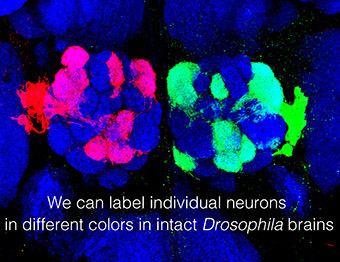
Staff/CHIHARA Takahiro(Professor), HAMAO Kozue (Associate Professor), OKUMURA Misako (Associate Professor)
Our research goal is to reveal how cell society is constructed and maintained during animal development, growth and aging. To this purpose, we are studying the molecular mechanisms of cytokinesis, cell patterning, cell-cell interaction, and the impact of aging on cells/organisms by using sophisticated Drosophila genetic methods, and molecular and biochemical methods with mammalian cell culture system.
Key Words Nervous system, Cytokinesis, Cell patterning, Cell-cell interaction, Aging
Web page
Molecular and Cellular Physiology
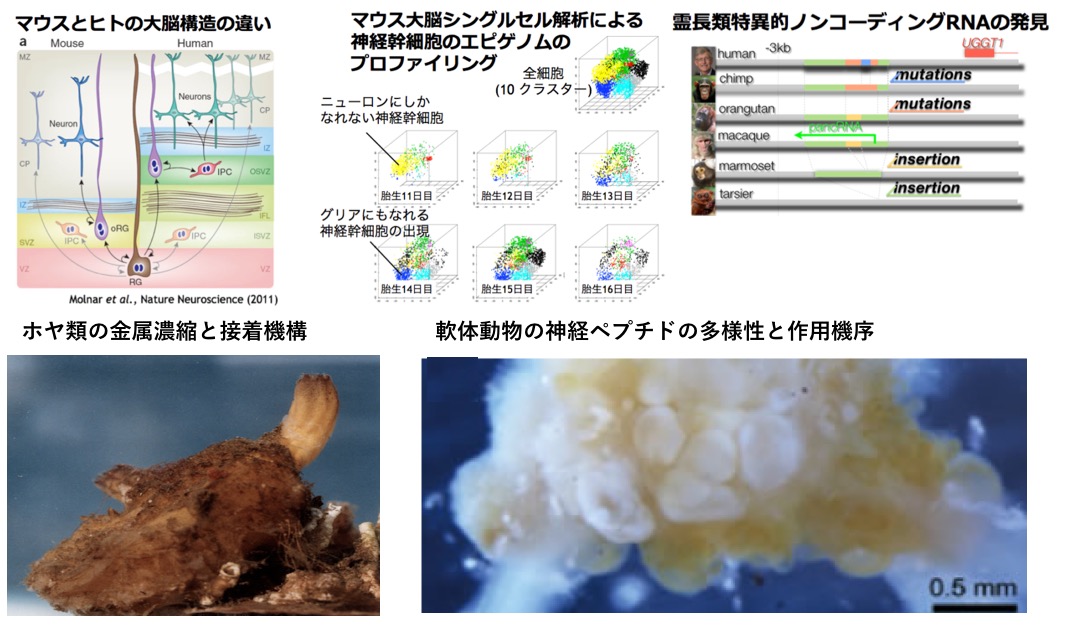
Staff/IMAMURA Takuya (Professor), UEKI Tatsuya (Associate Professor), MORISHITA Fumihiro (Assistant Professor), HONDA Mizuki (Assistant Professor), AN Boyang (Assistant Professor)
We are studying the brain/nervous system and essential trace elements,that are among the main themes of animal physiology. Recently, we havesucceeded in making a database of promoter-associated non-coding RNA(pancRNA), a group of functional non-coding RNAs, by employing technologies of big data analyses for human and primate brains. We are currently working to elucidate the biological significance of primate-specific non-coding RNA that can be involved in the epigenetic mechanism of neural networking using single-cell level analysis of human brain organoids. Marine animals also have many advantages asresearch materials for physiology, and we are conducting the studieson identification of neuropeptides and related enzymes and the mechanism of their action using Aplysia, and the those on metal accumulation and utilization, and adhesion mechanism, using sea squirts.
Key Words Brain, neural stem cells, non-coding RNA, single cell level analysis, neuropeptides, amidases, transition metals, redox, electron transport chain
Web page
Plant Biology Course
Laboratory of Integrated Natural History
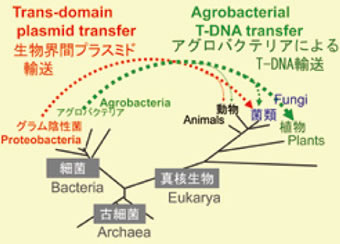
Staff/SHIMAMURA Masaki (Associate Professor), MORIGUCHI Kazuki (Lecturer)
Research in this laboratory concerns taxonomy, phylogeny, morphology and ecology on nonvascular plants including bryophytes. We maintains a research Herbarium (HIRO) which has an extensive bryophyte collection. We also focus on phenomena of active gene transfer from bacteria domain to eukarya domain, i.e. T-DNA transport to plants by phytopathogenic agrobacteria, and plasmid DNA mobilization to yeasts by some proteobacteria.
Key Words Bryophytes, Taxonomy, Ecology, Anatomy, Cell biology, Molecular phylogeny, Horizontal gene transfer, Plasmid DNA, Conjugation, Bacteria, Eukaryotes
Plant Physiology and Development
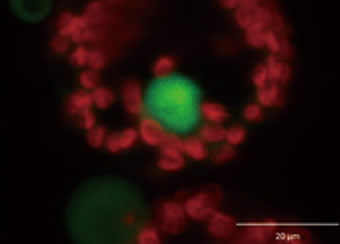
Staff/HIRAKAWA Yuki (Professor), FUKAZAWA Jutarou (Associate Professor), MATSUI Sayaka (Assistant Professor)
Our research goal is to understand regulatory mechanisms in plant development and environmental responses. Specifically, we investigate the mechanisms of biosynthesis, perception and signaling of plant hormones and peptide signals that control gene expression and cell fate using biochemical and molecular genetic approaches in the model plants Arabidopsis thaliana and Marchantia polymorpha.
Key Words plant hormones, peptide hormone, protease, signaling, crosstalk, transcriptional regulation, stem cell fate, meristem, asexual reproduction, Marchantia, Arabidopsis
Diversity Biology Course
Marine Molecular Biology
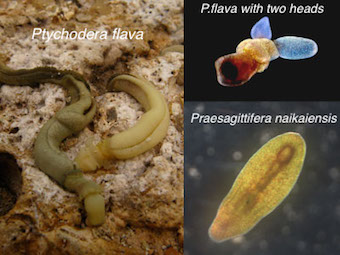
Staff/TAGAWA Kunifumi (Associate Professor), ARIMOTO Asuka (Assistant Professor)
We conduct “Evo-Devo (Evolution and Development)” research in Mukaishima island, Onomichi City, that is located in the “Shimanami Kaido” where is rich in the diversity of marine organisms. Specifically, we study on the origin and evolution of deuterostomes and bilaterians by analyzing comparative developmental biologly and comparative genomics of marine animals such as Ptychodera flava, a species of Hemichordata that is most ancestral deuterostomes and Praesagittifera naikaiensis, a species of Acoelmorph that is most ancestral bilaterian which includes most animals.
Key Words Marine organisms, diversity, Evo-Devo, acorn worm, acoelworm, Origin and evolution of detuerostomes and bilaterians
Web page
Island Biology (Miyajima Natural Botanical Garden)
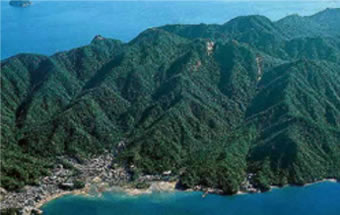
Staff/TSUBOTA Hiromi (Associate Professor)
The Miyajima Natural Botanical Garden is situated along the north coast of Miyajima (Itsukushima) Island, southwestern Japan, ca. 20 km southwest of Hiroshima City. The island is famous as a UNESCO World Heritage Site, and is covered with natural forest and maritime vegetation. Our research projects are island biology, phytogeography, ecology, and conservation biology, utilizing the excellent natural resources of Miyajima Island.
Key Words Island biology, Biodiversity, Phytogeography, Phytosociology, Ecology, Molecular phylogenetics, Cryptogamic botany
Web page
Amphibian Biology Course
Evolutionary Developmental Genomics (Amphibian Research Center)
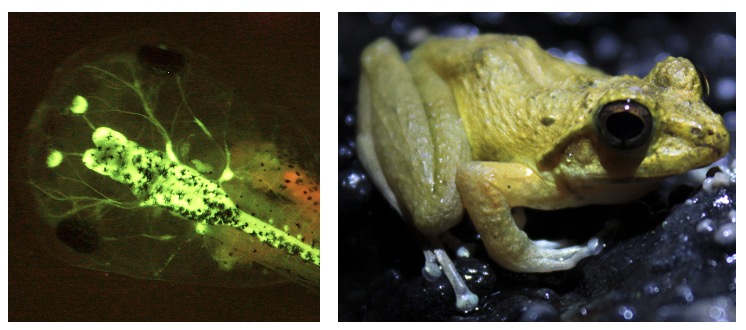
Staff/OGINO Hajime (Professor), IGAWA Takeshi (Associate Professor), SUZUKI Makoto (Assistant Professor)
We are studying the molecular mechanisms of genome evolution and environmental adaptation in chordates through comparative functional analysis of developmental regulatory genes using frogs with various ecologies and amphioxus, which are called "living fossils. We also use transgenesis and genome editing technologies to create useful genetically modified clawed frogs, which we use to study genomic and epigenomic regulation of development and regeneration of organs (eye, brain, spinal cord, etc.) and pathogenesis of genetic diseases.
Key Words Genome evolution, development, regeneration, environmental adaptation, transcriptional regulation, epigenetics, clawed frogs, wild species
Organ Regeneration Mechanisms (Amphibian Research Center)
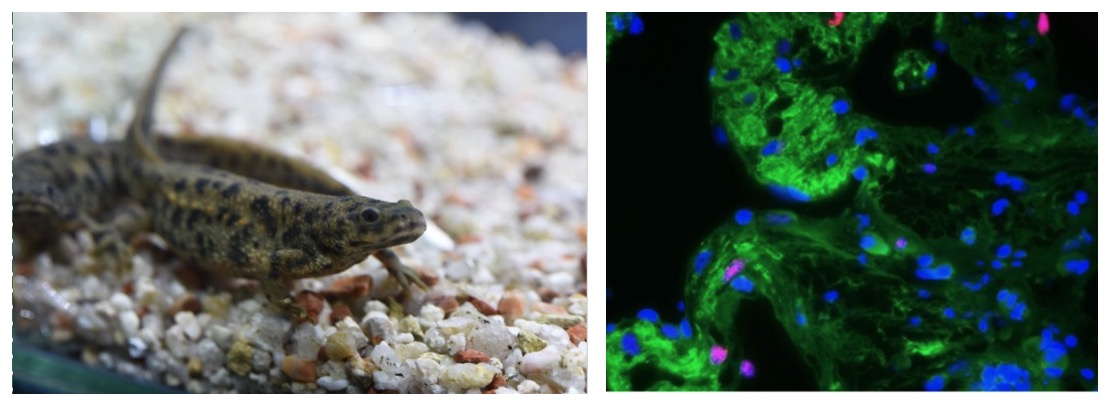
Staff/HAYASHI Toshinori (Professor), OKAMOTO Kazuko (Assistant Professor)
We are studying the mechanism of organ regeneration in terms of cell proliferation, differentiation, and metabolism, using the Iberian ribbed newts as a model animal. We are also conducting research to develop the newt as a bioresource.
Key Words Iberian ribbed newt, organ regeneration, cell cycle regulation, metabolism, bioimaging
Metamorphosis (Amphibian Research Center)

Staff/NAKAJIMA Keisuke (Assistant Professor), TAZAWA Ichiro (Assistant Professor)
We study the mechanism of metamorphosis, found in many lineages of the animal kingdom, and its evolution using amphibians as a model. Our approach uses a wide range of techniques, from classical histology to advanced genome editing.
Key Words Metamorphosis, morphology, development, evolution, frogs, newts, model organisms, non-model organisms
Evolution and Diversity (Amphibian Research Center)
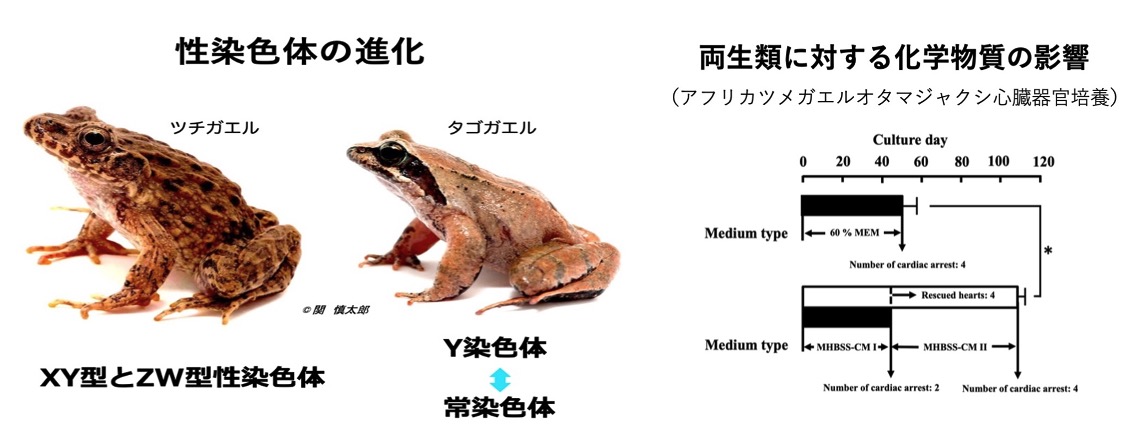
Staff/MIURA Ikuo (Professor, Special Designation), HANADA Hideki (Assistant Professor)
We engage in pioneering research to reveal the processes and mechanisms mediating diversity, and we strive to maintain and preserve diversity across a wide range of biological hierarchies at the gene–genome–chromosome, cell–tissue, individual, population, species, and higher taxonomic levels. Particulary focussing on sex and evolution in amphibians. Also we study the effects of chemical substanes on amphibians.
Key Words Evolution, Diversity, Phylogenetic System, Sex and Reproduction, Ecology, Preservation, Genome Biology, and Effects of chemical substances
Regulatory Signals for Development/Regeneration (Amphibian Research Center)

Staff/SUZUKI Atsushi (Associate Professor)
We are studying the molecular mechanisms of vertebrate early development, maintenance/differentiation of stem cells, and tissue regeneration. We focus on the roles of inducing factors and downstream cell signaling factors.
Key Words Early development, Stem cell, Tissue regeneration, Inducing factor signal
Plant Genetic Resources Course
Plant Genetic Resources (Laboratory of Plant Chromosome and Gene Stock)
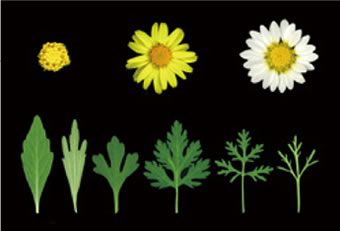
Staff/KUSABA Makoto (Professor), TOYOKURA Koichi (Assistant Professor), NOBUSAWA Takeshi (Assistant Professor)
We are conserving various Chrysanthemum and cycad species and developing the model species/line of the genus Chrysanthemum. In addition, mutants of the model plant species are isolated and used for the molecular genetic research.
Key Words Genetic resource, Chrysanthemum, Cycad, Model plant, Mutant, Gene function analysis
Affiliated Facilities
Marine Biological Laboratory
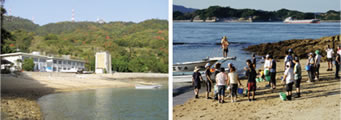
2445 Mukaishima-cho, Onomichi-shi, Hiroshima,
722-0073
https://www.hiroshima-u.ac.jp/rinkai
Miyajima Natural Botanical Garden
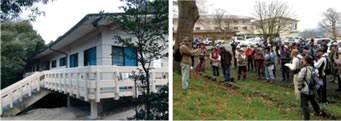
1156-2 Mitsumaruko-yama, Miyajima-cho,
Hatsukaichi-shi,
Hiroshima, 739-0543
https://www.digital-museum.hiroshima-u.ac.jp/~main/index.php/%E5%AE%AE%E5%B3%B6%E8%87%AA%E7%84%B6%E6%A4%8D%E7%89%A9%E5%AE%9F%E9%A8%93%E6%89%80
Amphibian Research Center
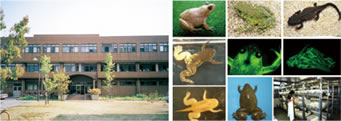
1-3-1 Kagamiyama, Higashi-Hiroshima-shi, 739-8526
http://amphibian.hiroshima-u.ac.jp/english/ARC_HP_English_ver./english_page.html
Laboratory of Plant Chromosome and Gene Stock

1-4-3 Kagamiyama, Higashi-Hiroshima-shi, 739-8526
https://www.bio.hiroshima-u.ac.jp/shokui/

